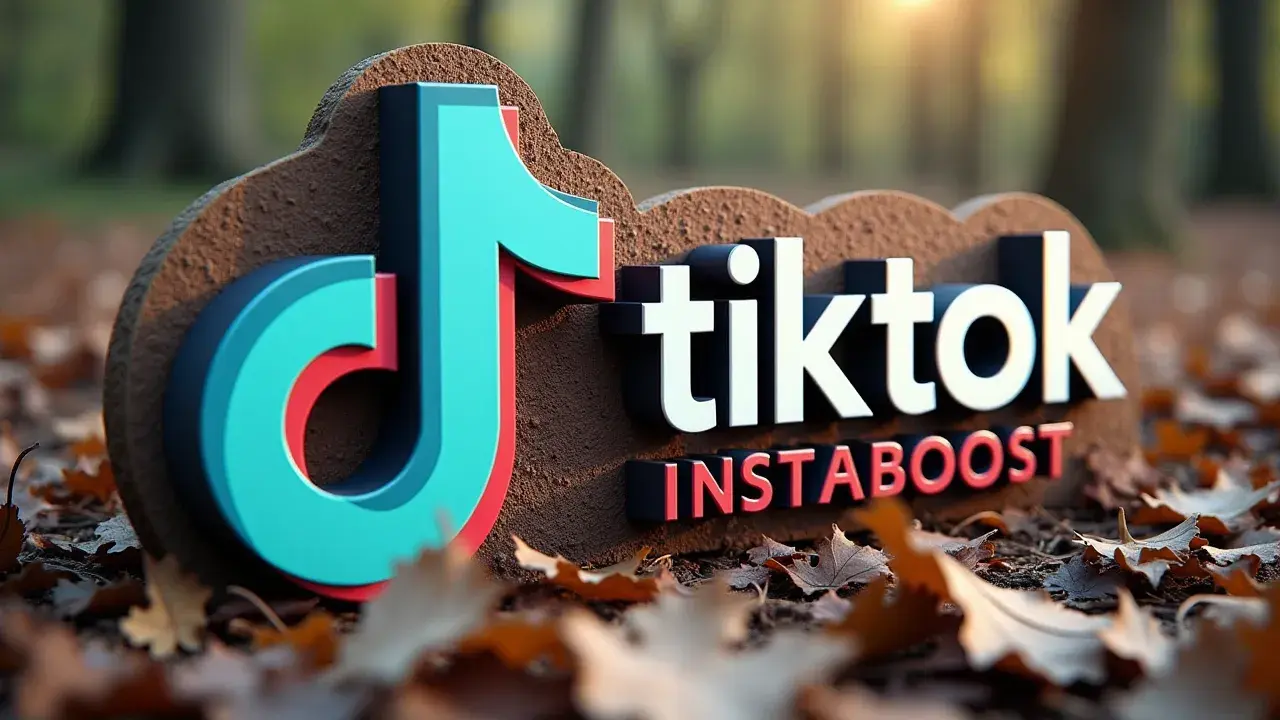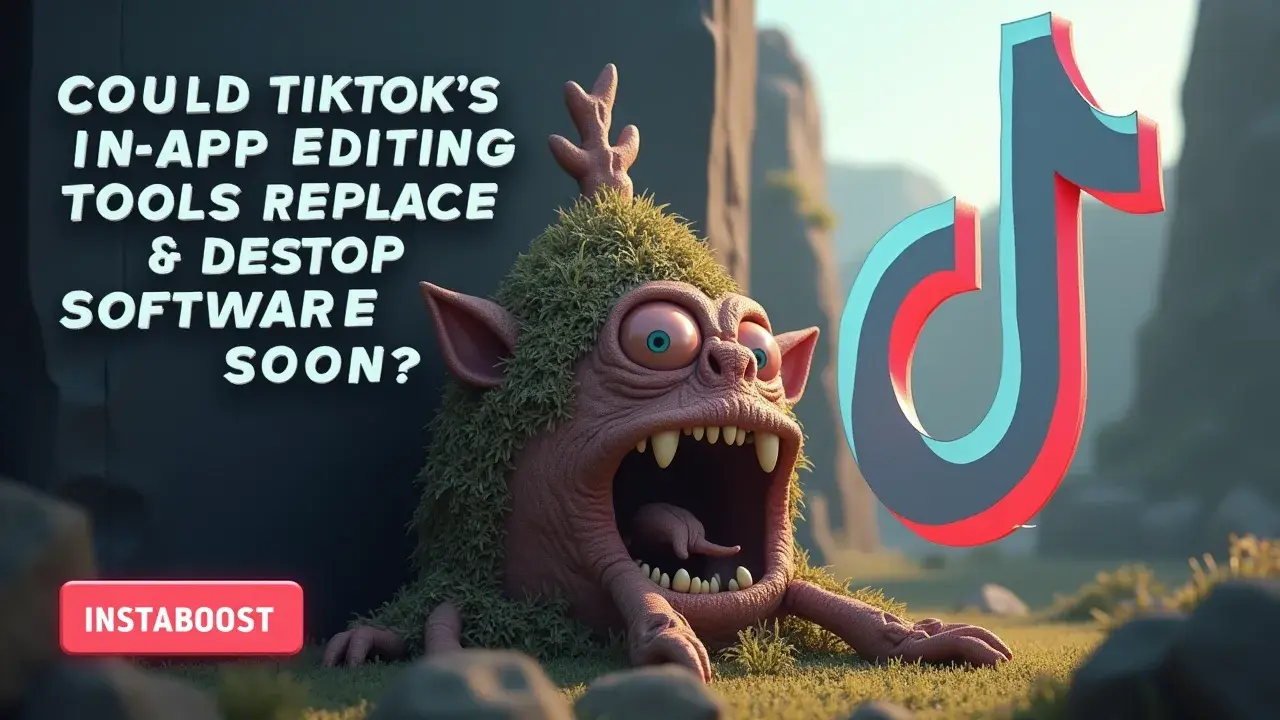Could TikTok’s Editing Tools Replace Desktop Software?
In-app editing can handle many daily needs when speed and on-the-go tweaks matter. Quick trims and refinements in the first hour help maintain momentum and improve consistency, though heavy desktop features may still be missed if advanced controls are required. Compare export quality to a desktop baseline and watch for a modest lift in watch time before scaling. A smart path is to validate results, then expand use where the fit is clear.
The Mobile Edit Frontier
TikTok’s editor now feels less like a toy and more like a small studio: you get keyframes for motion, auto-captions that track speech well, greenscreen layers, and a multi-track timeline for stacking audio and B-roll. The question isn’t whether the features exist – it’s whether they can stand in for desktop software when you’re doing real work. This isn’t only about tools; it’s about control. Editing used to be the bottleneck that kept a lot of creators tied to laptops. Now TikTok pulls capture, cut, publish, and analytics into one loop, trading some precision for speed. That trade can make sense.
If a video’s half-life on the For You page is a few hours, the edge goes to whoever hits publish first. Still, speed has costs: version control gets messy when projects live on your phone, color shifts from one device to another, and detailed audio mixing is still awkward on a touchscreen. On the flip side, TikTok’s editor is built around distribution – trimming to a hook, snapping cuts to a trending sound, and tuning captions for search all happen in a tap-first flow.
That tight integration is something Premiere or Final Cut can’t quite copy. Even so, “replace” isn’t the right word for most creators; “resegment” fits better. TikTok’s editor now covers most of what short-form needs, and almost none of what long-form, brand-safe, or multi-platform work demands. The practical question for 2025 is where the crossover lands: for whom does the compounding benefit of faster publishing outweigh the fidelity and reuse that desktop suites deliver? To get there, it helps to map the gaps that still push people back to computers, the mobile-first wins desktop can’t touch, and how a post’s short lifespan changes the math of staying in-app – the way some people quietly lean on tools like this TikTok visibility service makes the calculus feel less theoretical.

Receipts, Not Hype
A lot of people start off assuming “mobile edit” means casual and “desktop” means pro. But teams spending real ad budgets are already shipping TikToks cut entirely in-app, and not only for jokes. Agencies have run A/B tests where the in‑app export beats a Premiere cut on watch time by 8 – 12%, mostly because the pacing fits the platform and the native captions are easier to read. TikTok’s partner program even trains creators to use keyframes and multi‑track audio to hit beat markers the algorithm seems to like. If you look at workflow logs from mobile‑first creators – session times, render counts, patch notes – you see steady iteration: six to nine cuts per hour on complex hooks, a speed most desktop setups don’t hit without proxy media.
That doesn’t mean a touch interface replaces color‑managed, 10‑bit desktop work. But if your metric is completion rate and comment density in the first 90 minutes, the in‑app editor’s limits become useful: no round‑tripping, captions that are accurate right away, faster punch‑ins made on the vertical canvas. Search has shifted too; native metadata fields and on‑screen text affect how clips resurface weeks later, which matters if you track the decay curve of a post and the little revival spikes that come back around. There’s plenty of noise around growth hacks, and even the occasional nod to “buy followers on tiktok” pops up, but the teams getting results tend to lean on iteration speed and native signals. So yes, in‑app tools can deliver real work on TikTok – especially performance creative where iteration speed matters more than pixel peeping. Desktop still wins for color, compositing, and longform, but saying in‑app can’t ship professional outcomes is out of date.
Ship Faster, Then Ladder Up
You don’t fix chaos by working longer hours. The answer isn’t squeezing a desktop workflow onto your phone; it’s splitting the job so the app handles speed and the computer handles depth. Treat TikTok like a quick production line: draft a few hooks, cut to the platform’s pacing, make sure the first three seconds land, then hit publish – little things like seeing how the algorithm reacts to early likes or saves can be as telling as any dashboard, and it’s the kind of signal you notice when you’re actually posting, not just planning. Use the native multi-track timeline, captions, and keyframes to get to a watchable V1 in about an hour instead of burning a day.
Then ladder up: when a post shows signs – watch time above your baseline, saves, or search impressions – move it to desktop for brand-safe polish, licenses, or a cleaner repackage. That way you’re not overworking videos that won’t clear the bar, and the ones that do get more care. Set up two tiers: mobile for speed and iteration, desktop for durability – archives, ads, YouTube Shorts. Let the data shape your rhythm: check how it decays at 48 and 96 hours, and if search starts resurfacing it, update the in-app cut with tighter captions or a stronger thumbnail frame to stretch its life; sometimes it’s as mundane as noticing a post nudged by tiktok likes delivery, but the real tell is sustained watch time.
Keep the lines clear: heavy color work, multi-cam sync, and advanced audio still belong in Resolve or Premiere, but the platform’s own tools usually win on speed and clarity. The goal isn’t to replace desktop software; it’s to rely on it only where it compounds – brand assets, music rights, long-tail SEO – so you’re choosing desktop for ROI, not out of habit. Phone for the moment, workstation for the work that needs to last, and the switch from mouse to touchscreen doesn’t cost you outcomes, it changes where you spend your effort, which is the part that matters most when you’re trying to keep pace with what people actually watch and share.
The Limits You Notice Only After Week Three
My approach started as vibes and late-night fixes. It works until you’re doing it at scale. TikTok’s in‑app editor is quick and can beat a Premiere cut on watch time, but speed isn’t a plan when you need consistency.
The weak spots show up in the boring parts of production: version control, keeping color steady across a series, clean audio, templates teams can actually reuse. Try changing a six‑video run after a track gets muted; on desktop you relink, batch replace, and conform timelines, while the app makes you touch every cut one by one. Exports add more friction. In‑app exports fit TikTok’s rhythm, but they’re a walled garden.
If you need a clean master for Shorts, Instagram, or a brand archive, you end up guessing at metadata, bitrates, and color space. Collaboration is where mobile feels thin: shared libraries are clunky, LUTs get locked to one device, project notes live in screenshots instead of an asset pipeline. Even search matters now that TikTok behaves more like a video search engine: clear naming, consistent captions, and alt text that helps the same video surface weeks later instead of disappearing overnight, and those little timing quirks people chase as a tiktok exposure boost don’t change the need for a system.
The point isn’t that the app is bad. It’s that a strong V1 isn’t a workflow. Use the app to keep pace, then move winners through a desktop pass where you normalize levels, lock branding, and output cross‑platform versions. That’s how you get the extra watch time without paying it back in redo’s, mismatched cuts, and campaigns you can’t revive when a trend comes back around.
Hold the Ending: Compounding Beats Replacement
Let this sit past the quick scroll. If you’re asking whether TikTok’s editor replaces desktop tools, flip it a bit: it’s not about swapping one for the other; it’s about stacking them. The people doing well right now use TikTok like a front-end compiler and the desktop like the codebase. You move fast in-app to lock pacing, hooks, and the platform’s timing quirks. You slow down on the computer to build things that hold up: color presets, sound beds, a set of title cards you can swap, a folder of beats and transitions you can pull from. That split lets you post fast to see if an idea lands, then fold the winners into a clean, searchable project you can reuse.
A clip that pops today can resurface months later through in-app search or when you cut it into Shorts. It also keeps you out of the usual mobile traps: having to touch every upload when a track gets muted, losing track of versions, or watching a series drift off-brand because no one is using the same template. Think of the phone as your A/B room and the computer as the place you manage the catalog. The real question isn’t mouse or touchscreen; it’s what makes the next upload cheaper to make and easier to bring back. On that line, TikTok’s editor is useful because it shortens the path from idea to signal. Desktop is where you turn the signal into a system. Use both and the work starts to compound. Pick one and you end up with speed and no structure, or structure with no pulse. It’s not that in-app tools replace desktop – they make it stronger, then you keep going from there and amplify your TikTok profile with shares.















